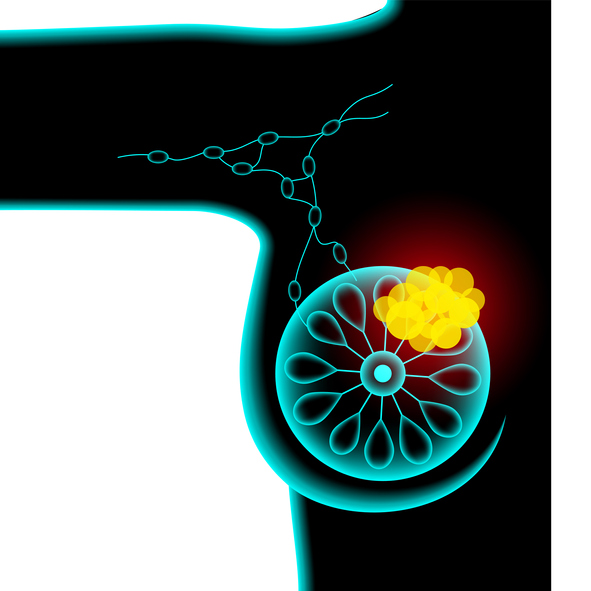
There are two primary types of mammograms: 2D and 3D. The main difference is in how each is processed.
2D mammography, also known as conventional digital mammography, is a mammogram procedure where two images are taken of each breast: one image from the side and one from the top.
3D mammography, on the other hand, is a high-resolution mammogram. Also known as tomosynthesis, this type of imaging technique is more advanced than the 2D mammogram as it takes multiple pictures of the breast tissue from several different angles. By taking multiple shots or "slices", the radiologist can get a clearer picture of the breast tissue and any anomalies. About 300 images are obtained with each 3D mammogram. A 3D mammogram screening feels no different than a 2D mammogram. The distinction is basically in the number of images and how the images are processed.
Which Is Better: 3D or a 2D Mammography?
Health experts believe that 3D mammography provides significant benefits to patients over standard 2D mammography.
Who Needs 3D Mammography?
While everyone would benefit from 3D Mammography, it is highly recommended for certain categories of patients. For patients with dense breasts, where more dense tissue makes it more difficult to view abnormalities, 3D mammograms are the best option. It is also recommended for those who have breast problems or fibrosis, a thickening of the breast tissue that can be felt through the skin. Individuals who have breast implants, where the natural tissue can be more difficult to view, will also benefit from this technique.